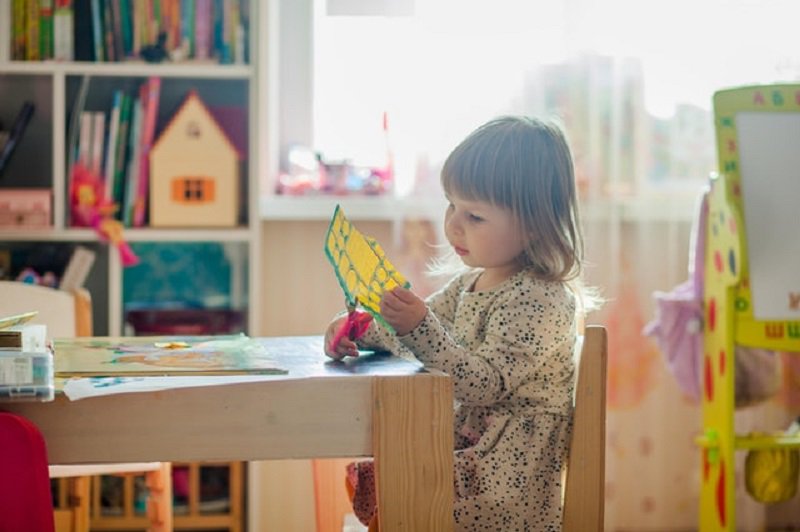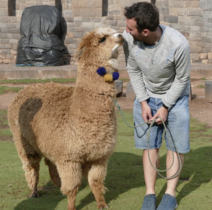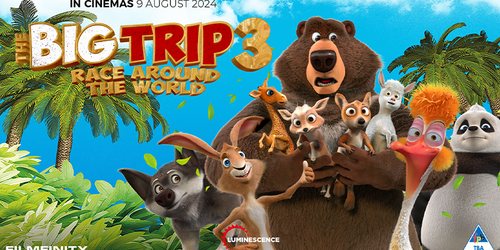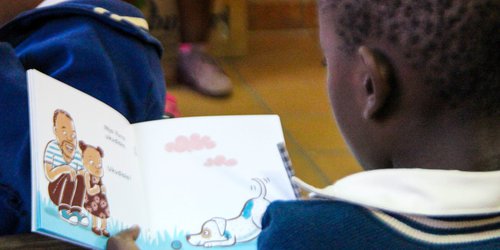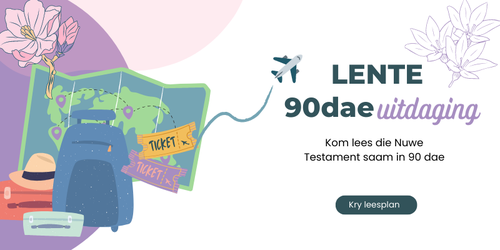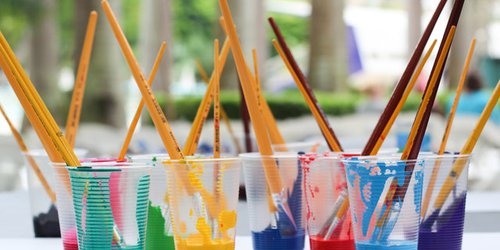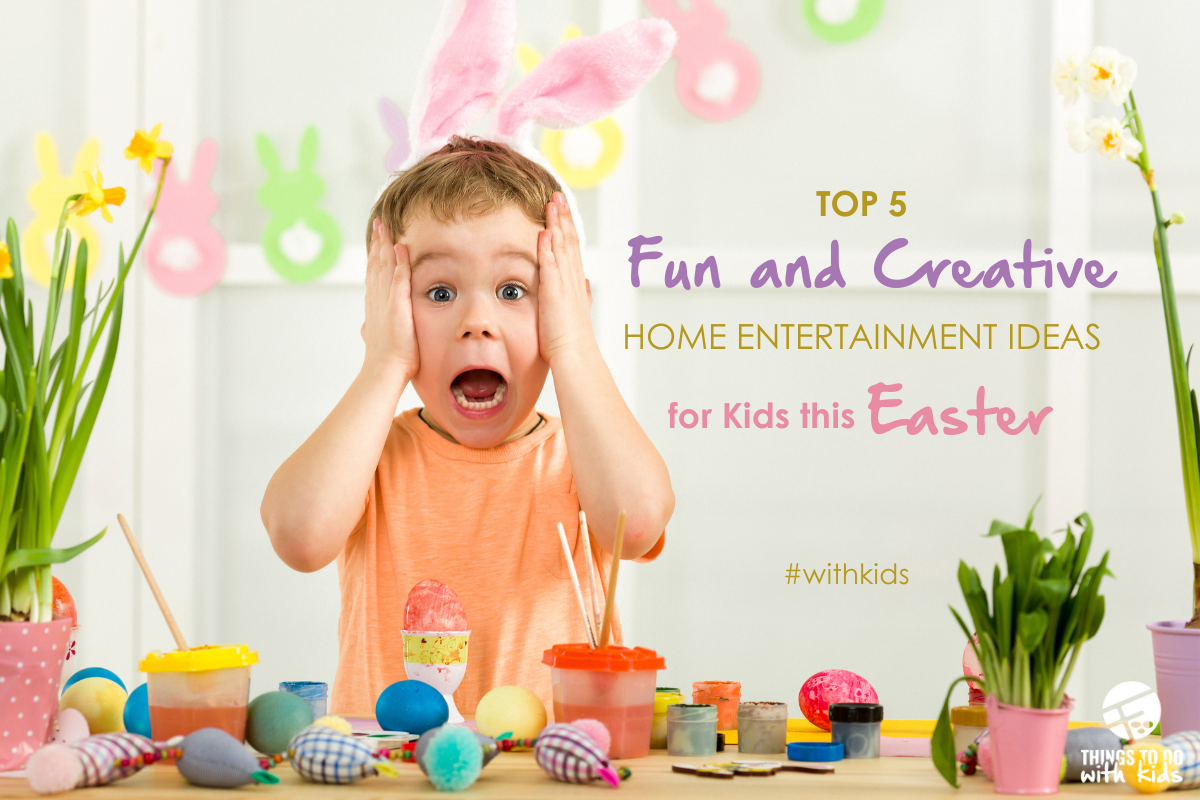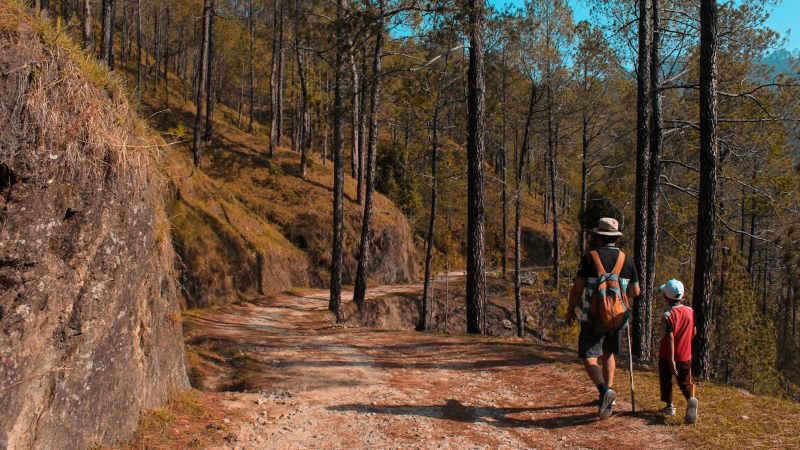Arts & crafts: Sensory bottles
- By Clamber Club
Sensory discovery bottles are a great way for helping your little ones sensory development in a safe way. Because the bottles are sealed you can let them play with a variety of objects that you wouldn’t normally give them, like small beads, marbles, shredded tin foil etc…
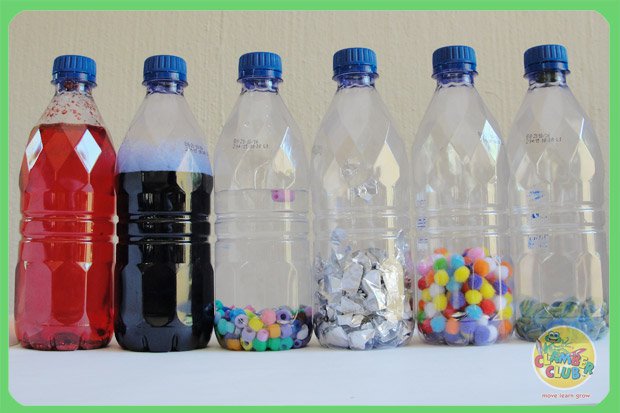
What you need:
• Empty plastic bottles
• Variety of different fillings: These can be anything that you like, however, try and think about the sound the items will make in the bottles or the way that they look. You want to engage as many of your little ones senses as possible.
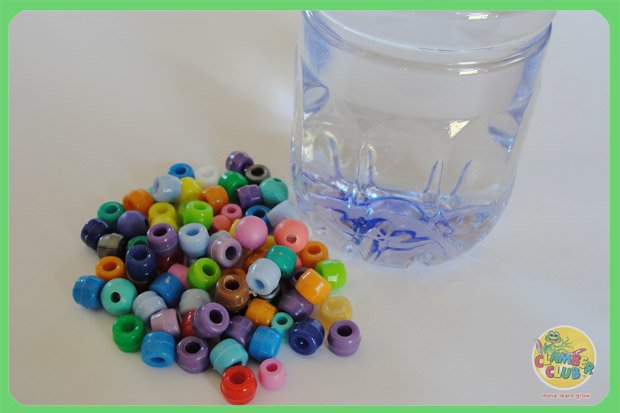
Bottle one
I had some coloured beads left over from something (no idea what) but this seemed like a good use for them. I half-filled the bottle with water and then added in the beads. That way they still make a sound when you shake the bottle but my little one could still see how the beads float too.
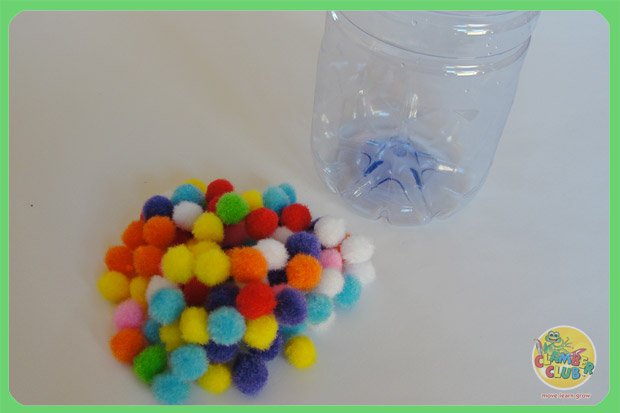
Bottle Two
For this bottle I used some little fuzzy balls (I am not sure what they are officially called). I found them at a craft shop. They don’t make a sound at all when you shake the bottle and they appear to float around. Some even stuck to the side of the bottle due to the static.
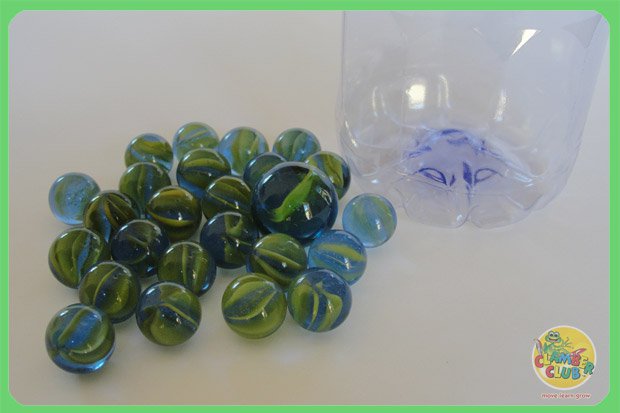
Bottle Three
In complete contrast to the fuzzy balls, I filled this bottle with marbles. If you don’t have marbles you can use stones. These are really nice as they make LOTS of noise and my little one really enjoyed shaking the bottle and rolling it along the floor (even if my head didn’t). It was also nice to see my daughter comparing this bottle with the fuzzy ball bottle and teaching her about heavy and light as well as noisy and quiet.
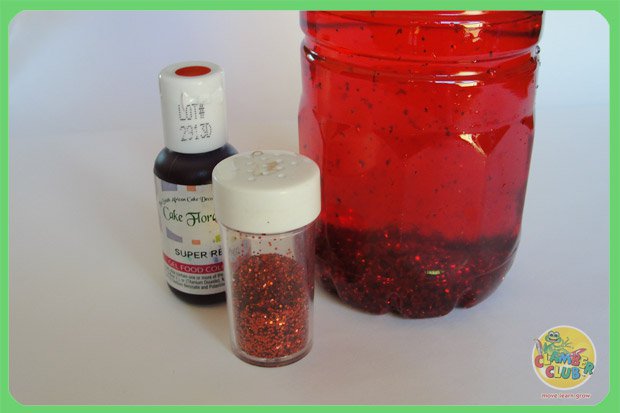
Bottle Four
For this bottle I made a sort of snow globe by placing water, food colouring and glitter inside. This is a nice one because it can be quite calming for your children to sit and watch the glitter slowly settle after they shake it up. A welcome relief after the noisy marbles!
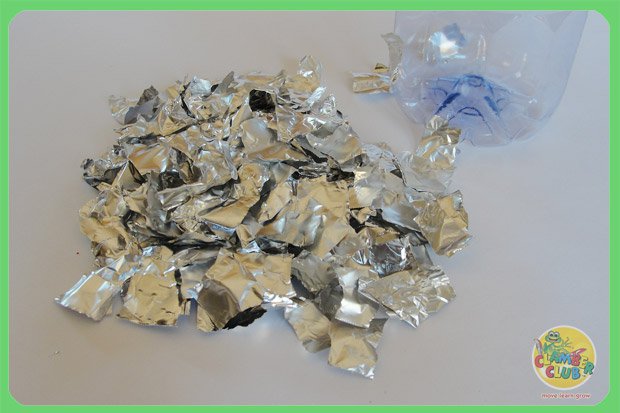
Bottle Five
For this bottle I cut up lots of little squares of tin foil (this is great for sharpening your scissors by the way) and then placed them inside the empty bottle. They flitted around the bottle when my daughter shook it and made a tinkling sound.
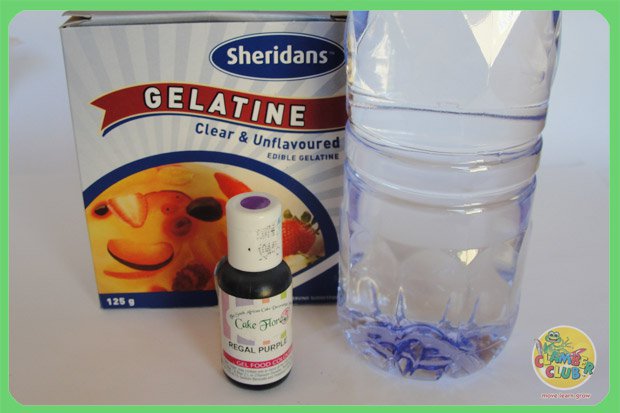
Bottle Six
This bottle was a bit of an experiment as I wanted to see if I could make some slightly thicker water. I warmed the water slightly and then added in some clear gelatin and food colouring. I didn’t want it to set completely but I did want it to be a bit gluggy. It did work although I can’t remember the exact ratio of water to gelatin. I suppose you could also use regular jelly and just add in less powder so that it doesn’t set completely. My daughter was fascinated at how slowly the water moved and kept calling it slime.
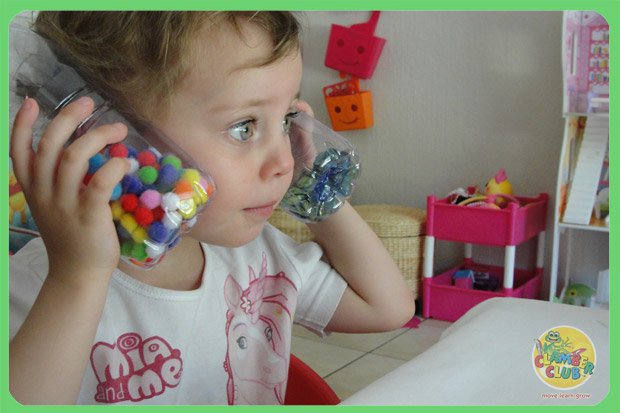
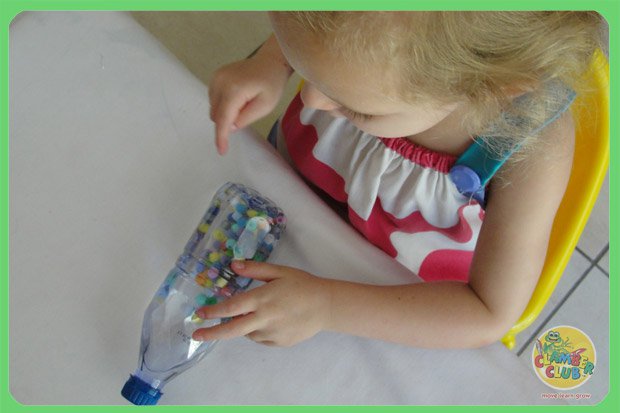
My daughter had great fun with this activity as she is old enough (two years old) to help me fill the bottles (for some fine motor practice) as well as to play with them. When my older daughter came home from school she was also fascinated by them. Because she is older I asked her questions while she was looking at the bottles, for example, how many marbles are in the bottle? What colours are the beads? And so on.
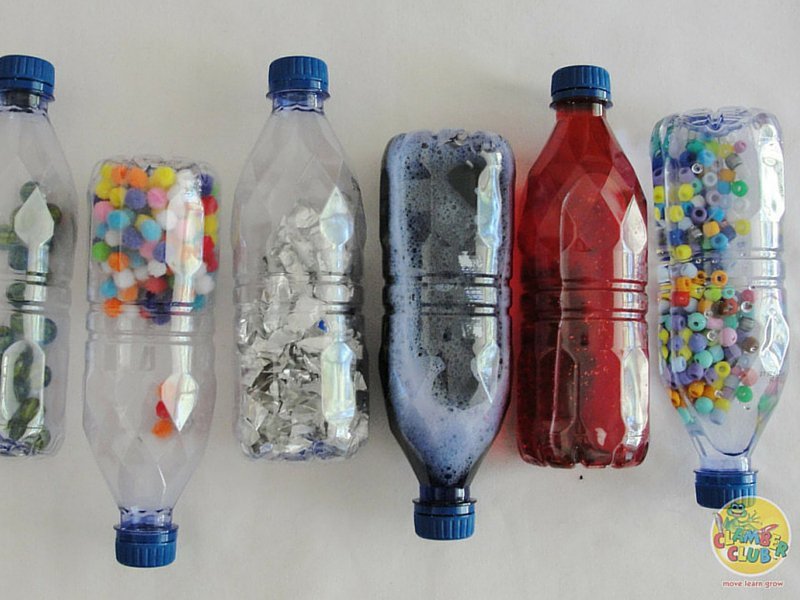
Post originally appeared on Clamber Club's Jog's Blog.
